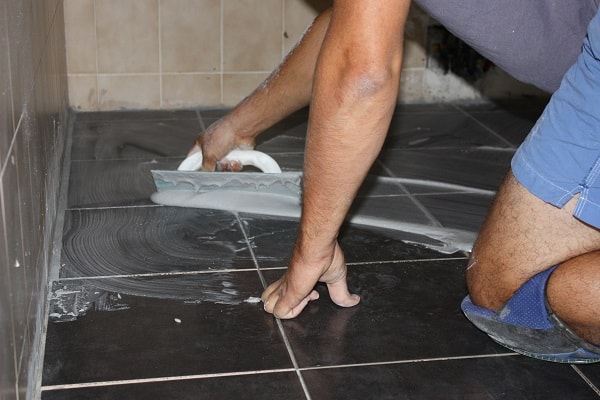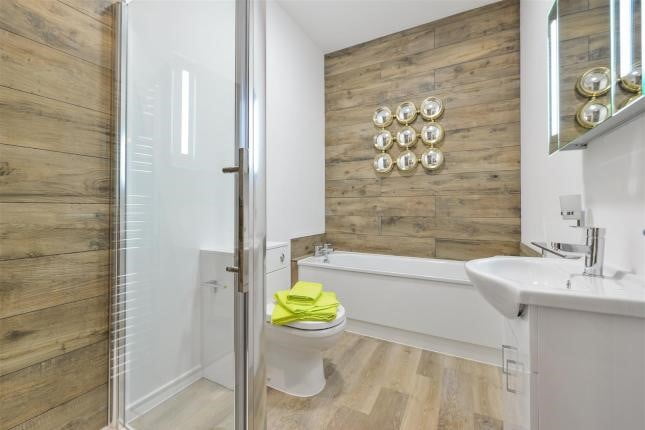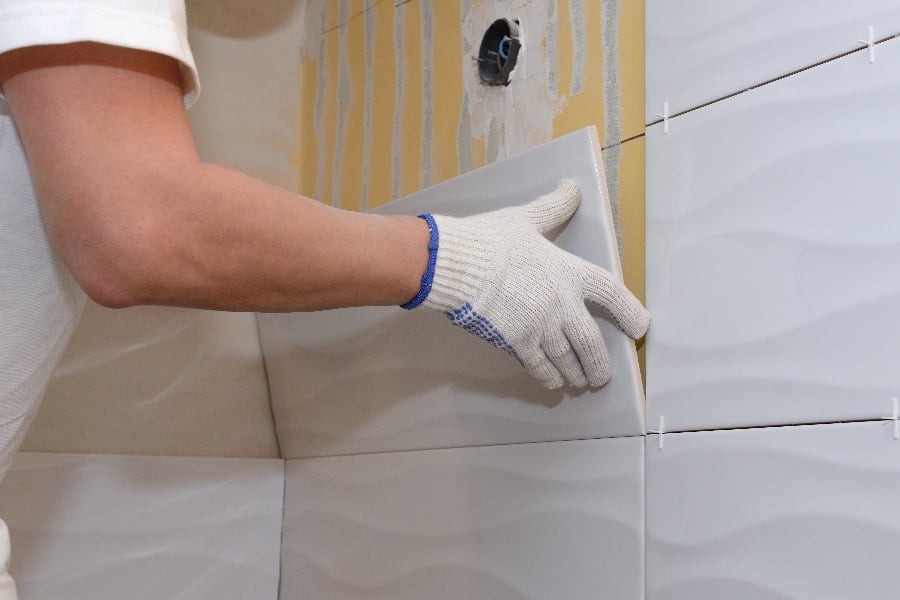Tile the floor first before tiling the walls. This sequence helps in achieving a cleaner installation process.
Embarking on a home renovation project, especially tiling, requires a strategic approach. Whether updating your bathroom, kitchen, or any other tiled area, the order in which you lay the tiles can significantly impact the project’s overall success and aesthetics. Tiling the floor first provides a level and sturdy base for wall tiles to overlap, which can prevent water from dripping behind the tiles.
This method not only enhances the durability of your work but also streamlines the tiling process. DIY enthusiasts and professionals alike prioritize this sequence to ensure crisp lines and a professional finish. Understanding the proper steps and order can save you time and money while delivering an end result that is both visually pleasing and structurally sound.

Introduction To Tiling Choices
Choosing between tiling your floor or walls first can seem complex. Expert tilers often follow a specific sequence. They know the right approach ensures long-lasting results and a smooth finish. Tiling the walls first is usually recommended. It prevents tile damage from floor tiling work. It also keeps the wall tiles clean from any floor tile mortar.
Wall tiling should start from the second row. This is to ensure straight lines and to accommodate for any uneven floors. This method supports aesthetic outcomes and functional durability. The process of wall tiling before flooring also helps in easier measurement and cutting of tiles. Thus, professionals often advise tiling the walls before moving on to the floors.
Advantages Of Tiling Floors First
Setting a stable foundation is vital for any tiling project. Tiling floors first helps ensure that. Wall tiles are less likely to suffer damage during flooring installation if the floor is set first. It also allows for a level surface, which aids in the perfect alignment of wall tiles.
Preventing damage to wall tiles during floor installation is crucial. Floor tiling can get messy, with tools and materials that could scrape or bump into walls. By doing floors first, you keep wall tiles safe. Wall tiles stay pristine and untouched, avoiding any need for repairs.
Ensuring level flooring is a top priority for a quality finish. This creates a guideline for wall tile placement. With a level floor, wall tiles will align correctly, making the entire room look more professional. A smooth base on the floor means a smoother process installing wall tiles.
Advantages Of Tiling Walls First
Tiling the walls first brings several benefits. Tile cuts and waste can be greatly reduced. This happens because the wall tile can overlap the floor. This way, you save money and materials. Another important advantage involves protecting the floor from messes. During tiling, water and adhesive can spill. Starting with the walls keeps the floor clean and undamaged.
Applying finishing touch and sealant comes easier too. Without a tiled floor in the way, reaching the lower walls is simple. Painters and tilers can move without stepping on fresh tiles. This method helps in keeping the work clean and efficient.

Best Practices In Tiling
Assessing your tiling project is vital before starting. Determine the area to be tiled. Measure the space accurately to ensure you have enough materials.
Methods to mix floor and wall tiling include choosing complementary colors and textures. Plan your design to see how tiles will align at corners.
Prepare surfaces properly for either walls or floors. Work patiently and carefully, cutting tiles to fit as needed. Use spacers for even gaps. Check alignment regularly.
Conclusion: Making The Right Decision
Deciding on whether to tile the floor or walls first often hinges on your specific project. Factors like the room layout, tile size, and working space can greatly influence your approach. Professionals in the tiling industry generally recommend tiling the walls before the floor to avoid dirtying or damaging the floor tiles. Nevertheless, this can vary. For example, large format tiles on the floor might serve as a steady base for wall tiling.
- Assess room dimensions
- Consider tile design and patterns
- Factor in the installation timeline and drying period
Personal preference plays a role in the choice as well. Some DIY enthusiasts prefer to work freely on walls without worrying about harming the floors. On the other hand, experienced tilers might start with the floor to ensure a fluid and cohesive finish. Ultimately, the method should align with the project goal and practicality.

Credit: www.eurotilesandbathrooms.com
Conclusion
Deciding between tiling floors or walls first is crucial for a successful renovation. Prioritize your project steps based on the specific layout and design of your space. Remember, a well-thought-out approach can prevent costly errors and yield a stunning result.
Choose wisely, and create the interior you envision with confidence.




